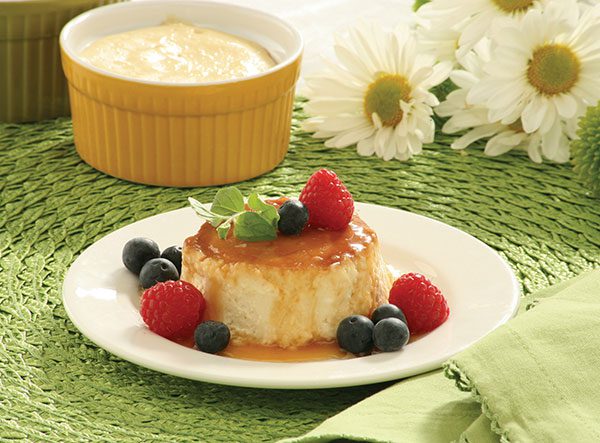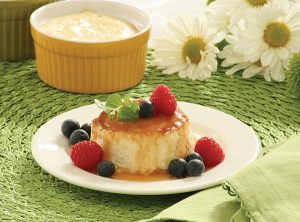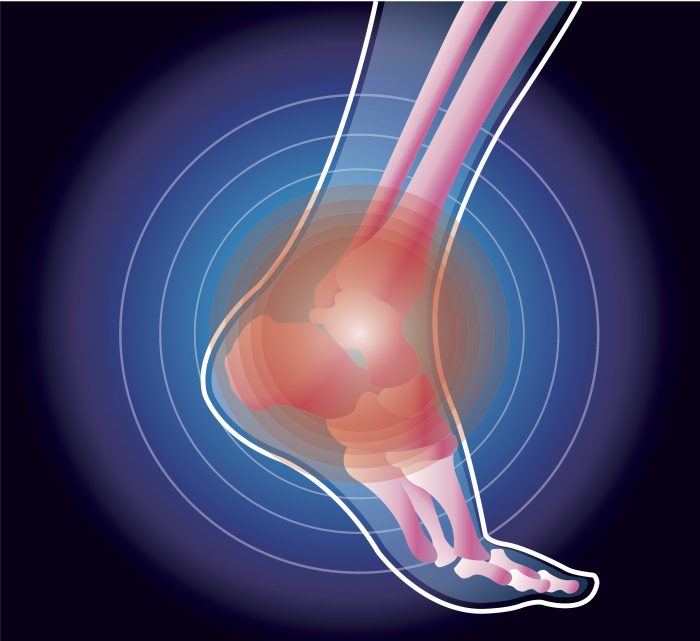 Welcome to the 17th edition of Paw Prints, a monthly column for animal lovers dedicated to helping shelter pets find their furever home!
Welcome to the 17th edition of Paw Prints, a monthly column for animal lovers dedicated to helping shelter pets find their furever home!

Meet Napoleon
Currently at Little Shelter in Huntington, Napoleon “Bone-aparte” is a ten-year-old Pekingese mix, hailing from the French Quarter of Louisiana. Choosing to travel to New York via the Passage to Freedom Program with the intention of conquering the hearts of Long Islanders, he’s ready to stake claim to a home of his very own. Not shy about voicing his many attributes, this little commander is confident that he has everything it takes to become the perfect addition to your family. A skilled strategist, he wisely divides his time between recreation and being the ideal lap warmer. Welcoming Napoleon into your family would be a major victory on your part, so stop by Little Shelter today! Call 631-368-8770, ext 21.

Meet Dove
This beauty was brought to the Brookhaven Animal Shelter by an Animal Control Officer. She along with two others were taken out of a bad situation; since being at the shelter she has put on 10 pounds. Estimated to be one to two years old, Dove loves everyone she meets, is full of life, energetic, playful and she loves her toys. She knows sit and is very treat motivated. She goes belly up for rubs and loves attention. She will do best in a home with kids over the age of 14, is not a fan of the cats and has been a rock star with dogs at the shelter. Dove is looking for a family to love, a place to call home and bed of her own. Is that too much to ask? Fill out a Matchmaker application online at www.brookhavenny.gov or call 631-451-6950.

Meet Max
This strikingly handsome young fellow is Max, a two-year-old Corgi currently up for adoption at Little Shelter in Huntington. He is happy, smart, affectionate, funny and unfailingly loyal. Looking for his forever home, he’s been shining up his collar to match his glowing personality, determined to make a “pawsitive” first impression, winning your heart in the process. Well-behaved, yet with an undeniable sense of mischief, he would be the perfect addition to most any family, bringing light and a sense of joy along with his wagging tail. Life is meant to be lived to the Max….Come meet him today! Call 631-368-8770, ext 21.

Meet Hannah Montana
As unique as her name, this is Hannah Montana, a five-year-old lab mix waiting at Little Shelter in Huntington for her furever home. Not letting being a tripod (or tripawd!) slow her down, she can run, jump and play with the best of them, proving that with a good attitude, you can accomplish anything. Sweet-natured and affectionate, she thrives on attention, happiest in the company of her favorite people. Resilient of both body and spirit, she knows her best life is waiting just around the corner, secretly hoping it will be with you! Stop by soon to meet Little Shelter’s resident superstar! Call 631-368-8770, ext 21.
 Meet Fajita
Meet Fajita
Kent Animal Shelter in Calverton has many kitties available for adoption including Fajita, a 1 1/2 year old black tiger kitty who was abandoned in a feral colony. Even though he had a rough start, he has adjusted well and is ready to find a family. Fajita is playful, handsome and loves his favorite lambchop toy. Call 631-727-5731, ext. 1 or come meet him in person.
Free rabies clinic
The Town of Brookhaven Animal Shelter and Adoption Center, 300 Horseblock Road, Brookhaven will hold a free Rabies Clinic on Saturday, May 13 from 10 a.m. to 1 p.m. The clinic is open to all Town residents and offers free rabies vaccinations for all dogs, cats and ferrets and free cat/dog FVRCP or DAPPCV vaccine. Dogs must be on a leash. Cats and ferrets must be in a carrier. No appointment necessary. For more information, call 631-451-6950.
Rescue is a lifestyle. Adopt, don’t shop!
Check out the next Paw Prints in the issue of June 8.
Paw Prints is generously sponsored by Mark T. Freeley, Esq.























